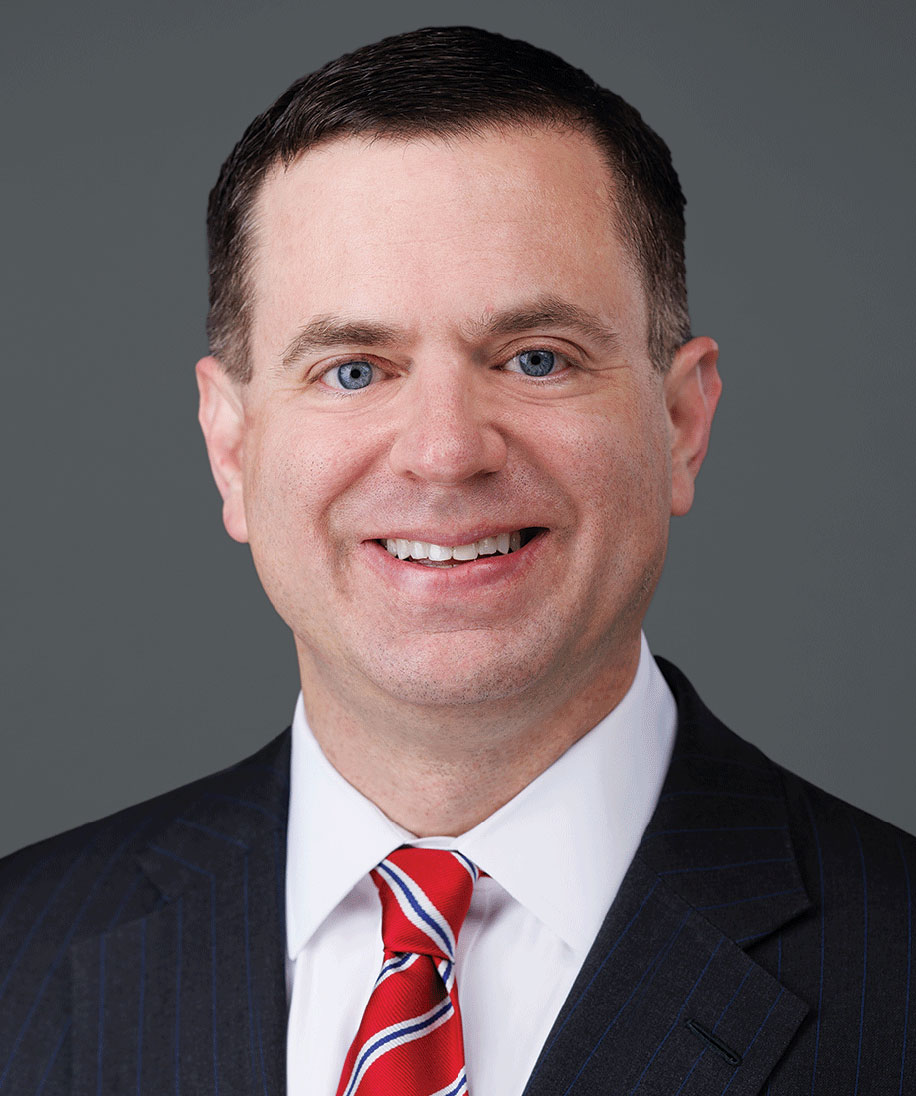Client Alert
Closing in on Security-Based Swaps – SEC Finalizes Antifraud Rules
June 15, 2023
By Brad Bondi,Jason Brooksand Jaime Madell
On June 7, 2023, the Securities and Exchange Commission adopted final rule 9j-1 (“Rule 9j-1”)1 under the Securities Exchange Act of 1934 (the “Act”). Rule 9j-1 is designed to prevent fraud, manipulation, and deception in connection with transacting in, attempting to transact in, purchasing or selling, or inducing or attempting to induce the purchase or sale of any security-based swap (“SBS”). Rule 9j-1 has broad implications for numerous SBS products, including without limitation single-loan and single-equity total return swaps (“TRS”) and single-name default swaps (“CDS”). Rule 9j-1 will become effective sixty (60) days after the rule’s forthcoming publication in the Federal Register.
Q: What Does Rule 9j-1 Prohibit?
A: Rule 9j-1 generally prohibits activity in SBS by market participants who: employ or attempt to employ any device, scheme, or artifice to defraud or manipulate; make or attempt to make material misstatements or omit material facts; engage in acts that operate or would operate as a fraud or deceit on any person; manipulate or attempt to manipulate price, valuation settlement or delivery in connection with SBS.
Although the SEC might have taken the position that Rule 10b-5 already applied to SBS, this new rule specifically prohibiting this conduct in the area of SBS likely signals an enhanced enforcement emphasis on the horizon. Rule 9j-1 also prohibits persons from fraudulently influencing the SBS entity’s chief compliance officer (“CCO”) in the performance of their duties. The rule release ominously states that such behavior “could arise from many actors (and many actions).”
Q: Are there Any Safe Harbors?
A: No – but subject to various qualifications, the SEC included affirmative defenses with respect to all prongs of Rule 9j-1 other than the price or valuation prohibition. Rule 9j-1 acknowledges that market participants may enter into a SBS transaction at a time when they are not aware of material non-public information but may be contractually obligated to take certain actions under that SBS at a time when they do have such information. Rule 9j-1 also recognizes that across a single institution, the personnel aware of material non-public information may not be those who are making the investment decisions related to the SBS in question and/or may be walled off from such persons.
Q: Does a Violation Require Scienter (Intent or Recklessness)?
A: If Rule 9j-1 is truly an analog to Rule 10b-5, there should be a scienter requirement. However, Rule 9j-1 purports to cover a wider range of conduct, potentially ranging from intentional to negligent, and the rule is yet to be tested in the courts.
Q: How will this Impact the CDS Market?
A: Although Rule 9j-1 appears unlikely to influence basic CDS hedging plans, it may cool enthusiasm for so-called “opportunistic” CDS strategies. The SEC enumerates at least a few tactics, including “orphaning” a contract and providing distressed financing in exchange for a precisely choreographed CDS trigger, as concerning in light of Rule 9j-1’s prohibition on manipulation.
That said, the Commission also emphasizes that companies that have CDS written on their names may benefit from financing provided by market participants who use CDS as a hedging tool. To this point, the SEC suggests that “market participants should and can take care that their legitimate market activities remain within the scope of the typical lender-borrower relationship”. The Commission also points out that “as a general matter an action that appears to be designed almost exclusively to harm one or more CDS counterparties would likely fall within [Rule 9j-1]’s scope”. The line between what is and isn’t permissible under Rule 9j-1 is at present unclear, however.
Although Rule 9j-1 appears to deal with CDS primarily in the context of manipulation, the rule’s focus on material misstatements and omissions raises questions regarding information asymmetries in the CDS marketplace. Whether and to what extent Rule 9j-1 will change the lens through which market participants view these asymmetries remains to be seen. It has not been lost on market participants that there are some implicit tensions between the “big boy” provisions of the credit derivatives definitions and the status of single-name CDS as “securities” under US law.
Q: How will this Impact the TRS Market?
A: Single-loan and single-equity delta-one TRS are used by investors not only to obtain synthetic exposure but also to hedge. These transactions’ status as “securities” under US law often raises questions when decisions are made mid-trade to unwind, upsize, or reduce at a time when an information asymmetry exists between the counterparties. Although Rule 9j-1 eliminates much ambiguity as to whether and to what extent TRS fall within scope of antifraud and anti-manipulation provisions, it also offers investors a roadmap to more certain compliance through the affirmative defenses.
Q: What do I need to do?
A: Even before Rule 9j-1, the SEC maintained broad authority under Rule 10b5-1 to police fraud in the marketplace with respect to derivatives constituting “securities”. Rule 9j-1 appears to both sharpen this tool as well as provide some more certainty around how to avoid noncompliance. Accordingly, market participants who regularly use TRS and CDS should consider revisiting existing compliance programs and practices to minimize inadvertent breaches of the new regulatory regime. Market participants should consider policies relating to the use of prophylactic measures, such as walls, and should evaluate the independence and reporting structure of the CCO in light of the specific emphasis on CCO independence.
The undersigned authors would be pleased to discuss with specificity these issues as they relate to a specific firm.
1 Available at https://www.sec.gov/rules/final/2023/34-97656.pdf.
Contributors



Practice Areas
For More Information


